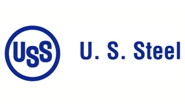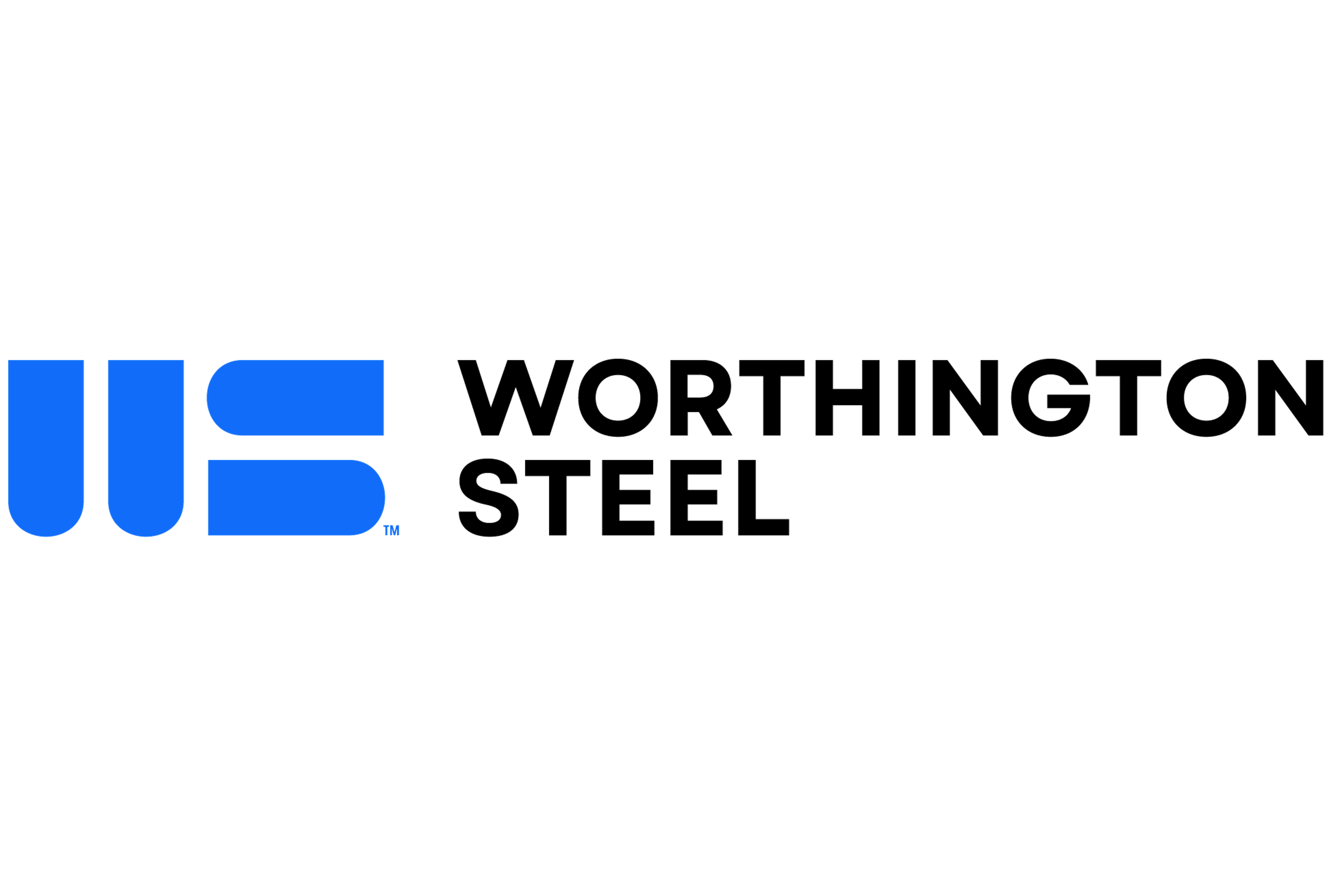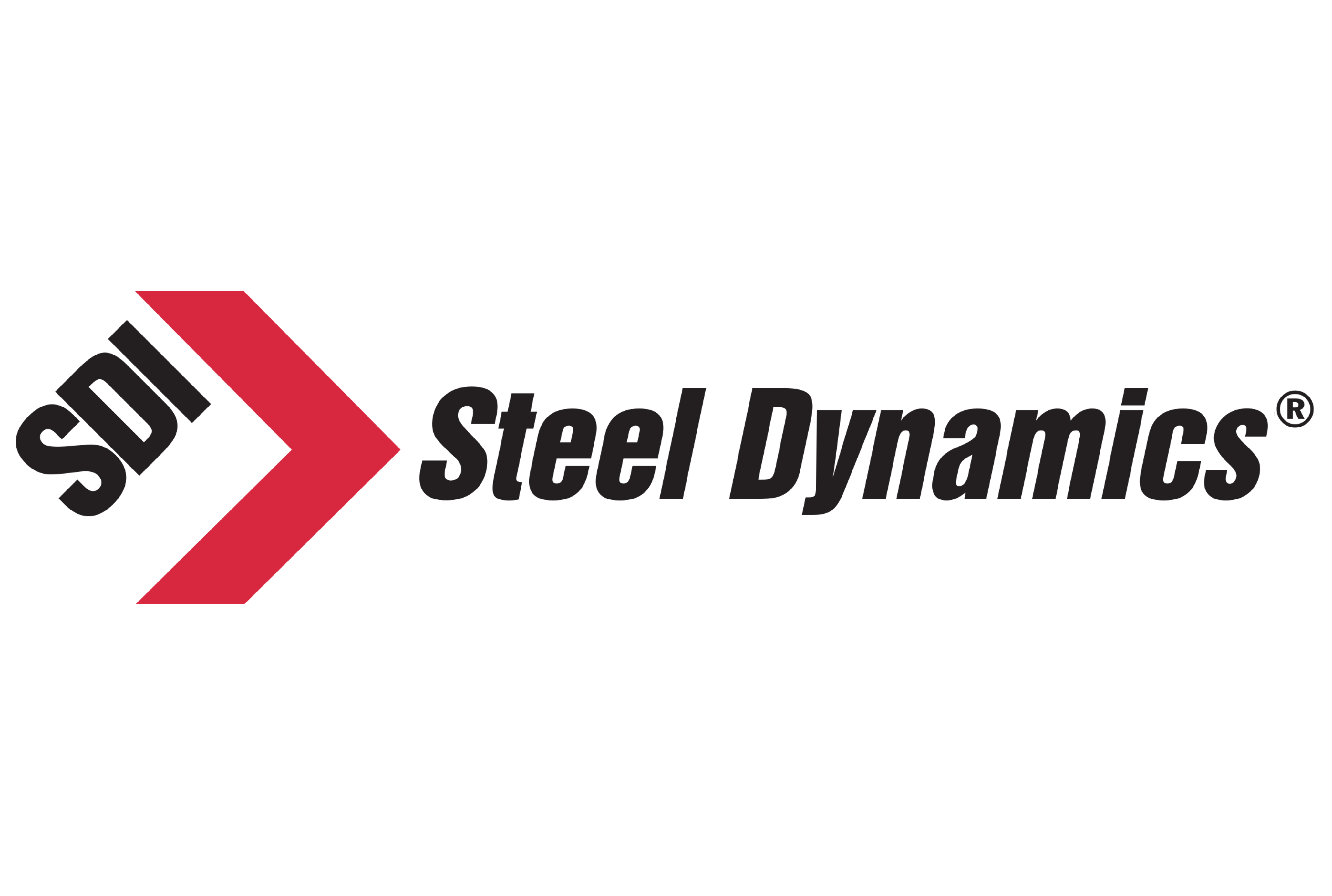Market Segment

February 1, 2020
U.S. Steel Bullish on 2020 Despite Loss in 2019
Written by Sandy Williams
U.S. Steel reported a net loss of $680 million for the fourth quarter of 2019 and a loss of $642 million for the year, but counts the quarter a success by exceeding its previously lowered Q4 expectations. The steelmaker sees last year as one of notable strategic progress.
Sales for the year totaled $12.9 billion, including net sales for the fourth quarter of $2.8 billion. Adjusted net earnings for the year were $15 million. All three operating segments reported net losses in the fourth quarter and only the flat rolled group posted positive earnings for the full year.
“We are pleased to deliver better than expected results to end the year and are excited to turn the page to 2020 where we will continue to transition the business towards our future,” said U.S. Steel President and CEO David Burritt. “2019 was a year of notable strategic progress, and we took swift action to reposition the business…. We achieved $75 million of run-rate fixed cost reductions, we demonstrated flexibility by adjusting our 2020 capital spending to prioritize strategic investments, and we de-risked strategy execution by raising $1.1 billion of incremental capital.”
Shipments in the flat rolled segment declined to 2,517,000 tons and production to 2,567,000 tons. Average selling price during the quarter was $699 per ton, down from $732 per ton in Q3 and $823 per ton a year ago. The average selling price for 2019 was $753 per ton, down from $1,250 per ton in 2018.
The first quarter of 2020 is expected to be the trough for the year due to seasonal slowing of mining operations and lower flat rolled shipments in anticipation of a spring blast furnace outage. U.S Steel will be building inventory ahead of a 48-day maintenance outage at the #4 blast furnace at Gary Works in April. Earnings results are expected to be similar to the fourth quarter and then improve going forward.
U.S. Steel believes that markets in the U.S. have hit bottom. Its flat rolled order book is healthy and demand is expected to be solid. Lead times are at about 5.6 weeks.
The automotive market is starting 2020 with low inventory, and build schedules are expected to increase. The construction market has been particularly strong in what is normally a weak seasonal period. Service center inventory levels suggest buying activity should pick up after starting 2020 with the lowest month on hand since 2014.
Conditions in Europe are still weak with high raw material costs continuing to impact pricing. Low inventory and capacity cuts have somewhat balanced supply with demand. U.S. Steel expects its idled blast furnace at Kosice to remain offline in 2020.
Market conditions are still uncertain in the tubular sector. U.S. Steel will complete its EAF project at Fairfield Tubular and begin operations in the second half of this year providing substrate for new advanced high-strength steel CGL at PRO-TEC. As part of the strategic transition plan, a significant portion of Great Lakes Works will be idled beginning in April.
The Mon Valley endless casting and rolling and cogeneration facilities are expected to be completed by the end of 2022. A new ladle metallurgy facility has been added to the project and the cost of the cogeneration facility has been updated. U.S. Steel now expects the total investment to be approximately $1.5 billion.
“Ultimately, we believe this will be the most capable mill in North America,” said Burritt. “We’ll be able to produce coils up to 76 inches wide and gauges as thin as 0.023 inches. Think about that, that’s equivalent to the thickness of six human hairs stacked on top of each other. We’re incredibly excited about the possibilities, and that fits in so well with our ‘best of both’ strategy.”
Burritt listed the acquisition of Big River Steel as the company’s top priority, followed by the endless casting and rolling project at Mon Valley and hot strip mill at Gary Works, and the completion of the electric arc furnace and the PRO-TEC CGL3.
U.S. Steel is looking for opportunities to monetize iron ore pellet production in Minnesota. “We can continue to sell into the merchant market, we could look for actual sale of the assets to a new owner,” said Richard Fruehauf, senior vice president of Strategic Planning & Corporate Development. “We can look at internal uses as we’ve become an EAF operator. So, there’s lots of different opportunities there.”
The company also has a number of real estate assets to sell to the right buyers, including 500 acres outside Chicago on Lake Michigan and greenfield property in Jefferson County, Ala.
Looking forward to 2020, Burritt commented, “I have never been more confident in our strategy and that our investments in Big River and Endless Casting and Rolling are the right priorities. We won’t be the biggest steel company … but we will be the only ‘best of both’ steel company.”






